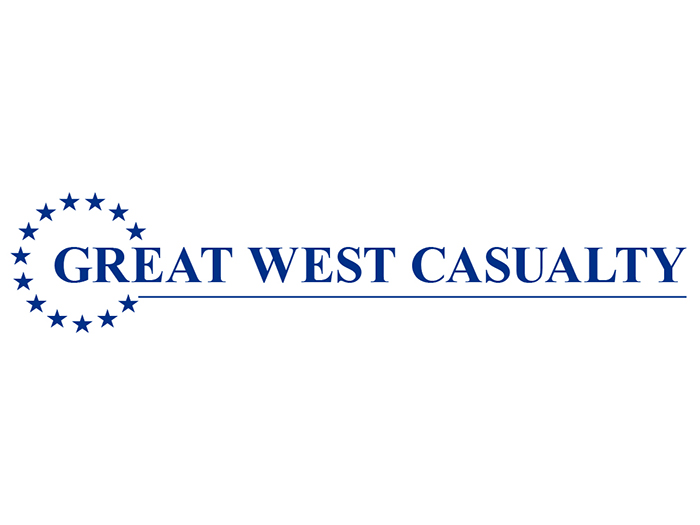Why Manufacturing Companies Must Prioritize Getting Cyber Liability Insurance
In today’s news headlines, a week doesn’t pass without a mention of a large company experiencing some type of cyber attack or breach. Examples of high-profile cyber attacks in the news over the last few years include the Equifax breach, which has cost the company over $242 million, and the WannaCry attack, which has cost companies a total of $4 billion.
In fact, it was estimated that cyber attacks in 2017 cost companies more than $500 billion.
The price tag of cyber attacks are not only limited to first party costs but can also result in millions – or in some cases, billions – in third-party costs, like regulatory fines.
Uber recently settled an investigation into its 2016 data breach for $148 million, a consequence of not disclosing the breach in the required timeframe. Not to mention Facebook could face a $1.63 billion fine from the EU for not adhering to the recently enacted General Data Protection Regulation (GDPR) standards.
Cyber liability insurance was created to address this exposure and help protect businesses from financial pain and reputational damage. Prior to this type of insurance, general liability policies typically excluded covering cyber exposures, leaving companies vulnerable and in a tough financial spot should an attack or breach occur.
Now, with cyber liability insurance, companies have both first party coverages – such as data destruction, theft, business interruption, and denial of service attacks – and third-party coverages – like fines for failure to safeguard data. Other benefits that come with cyber liability policies include reimbursement for security audits, post-incident public relations and expenses that stem from the investigation of a breach or attack.
However, one new challenge has emerged related to cyber liability insurance: The crossover it has with other policies, like commercial property insurance. If an insured company doesn’t have a common carrier for cyber and other policies, it typically leads to finger pointing by the respective carriers since incidents can be covered by both policies.
An example of when this may occur is if commercial property is intentionally damaged by a bad actor, such as a hacker setting off a building’s sprinkler which causes damage to the property. This instance could be covered by both cyber liability insurance and commercial property insurance.
While the interplay of various coverages may create some temporary challenges, those challenges should not diminish the value, and necessity, of cyber liability insurance.
The numbers speak for themselves. Currently, the annual gross written premiums of cyber liability policies are more than $5 billion, with the market expected to grow to $7.5 billion by 2020. Cyber liability insurance is increasingly embraced in industries where attacks or breaches are becoming more prevalent, yet, many industries still lack necessary protections. While 50 percent of healthcare, technology and retail companies in the U.S. currently have cyber liability insurance, only 5 percent of manufacturing companies in the U.S. have coverage.
However, one new challenge has emerged related to cyber liability insurance: the crossover it has with other policies, like commercial property insurance. If an insured company doesn’t have a common carrier for cyber and other policies, it typically leads to finger pointing by the respective carriers since incidents can be covered by both policies.
This exposes manufacturing firms to tremendous risk. While manufacturing firms do not participate in the typical business transactions that prompt other firms to purchase cyber liability insurance, that doesn’t mean manufacturers have not faced losses due to cyber perils.
Manufacturing companies could be targeted by cyber attacks that cause equipment to malfunction and result in property damage. For example, in 2014, hackers caused a German steel mill’s blast furnace to overheat, leading to millions of dollars in property damage.
Manufacturing firms can also be affected by cyber attacks that lock companies out of operating systems, shutting down access to company orders, product designs or production equipment. This happened in 2017, when Russian hackers perpetrated an attack, NotPetya, on Ukrainian computer systems that ended up affecting companies in a variety of industries, including manufacturing.
Companies involved lost millions due to business operations being interrupted by a cyber peril, as hackers locked computers that controlled production equipment, shipping manifests and financial records. Even smaller manufacturers can face cyber risks, since hackers know that smaller firms often use outdated software and do not invest in advanced network security.
These instances may result in coverage crossover with property insurance or could leave a company fully vulnerable if no cyber liability insurance is in place.
In particular, this is the case in an ongoing lawsuit filed by Mondelez, one of the companies affected in the NotPetya attack, against its property insurance carrier, Zurich, over a denied $100 million claim for its disabled computers and servers. Although Mondelez had coverage for the computers and servers in its property policy, Zurich’s position is that NotPetya was an act of war, thus triggering the war exclusion in the policy.
Either way, there’s no question that manufacturing companies must prioritize cyber insurance this year to ensure necessary precautions. Manufacturing firms can benefit from purchasing cyber liability insurance in two ways: (1) by gaining first and third-party protection against losses and claims; and (2) by gaining access to the suite of tools and services cyber liability insurance carriers offer. These tools include vulnerability scans, penetration tests and consulting services to help firms develop a cyber breach response plan.
Regardless of industry, though, every company should be thinking about a tailored risk management and insurance program that provides comprehensive protection from cyber threats.










